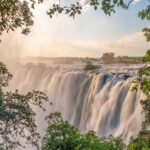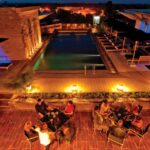A trip to Dakar is more than just a holiday; it’s a way to experience the music, culture, and beauty of West Africa’s coast. The city is full of life and color, and you can feel the history in every beat, dance move, and smile.
Locals welcome visitors with warmth and you feel at home the moment you arrive in this vibrant capital.
This Dakar travel guide shows you why the city is one of the most interesting places to visit in Africa.
Looking for the best things to do in Dakar? Experience world-class art, historic landmarks, unforgettable nights, and island getaways that feel like another world.
Culture & History
Every street corner in Dakar tells stories of strength, creativity, and identity. To step into its cultural spaces is to step into the heart of Senegal itself: bold, colorful, and deeply rooted in tradition.
The city offers travelers an experience that lingers long after they leave.
Théodore Monod African Art Museum
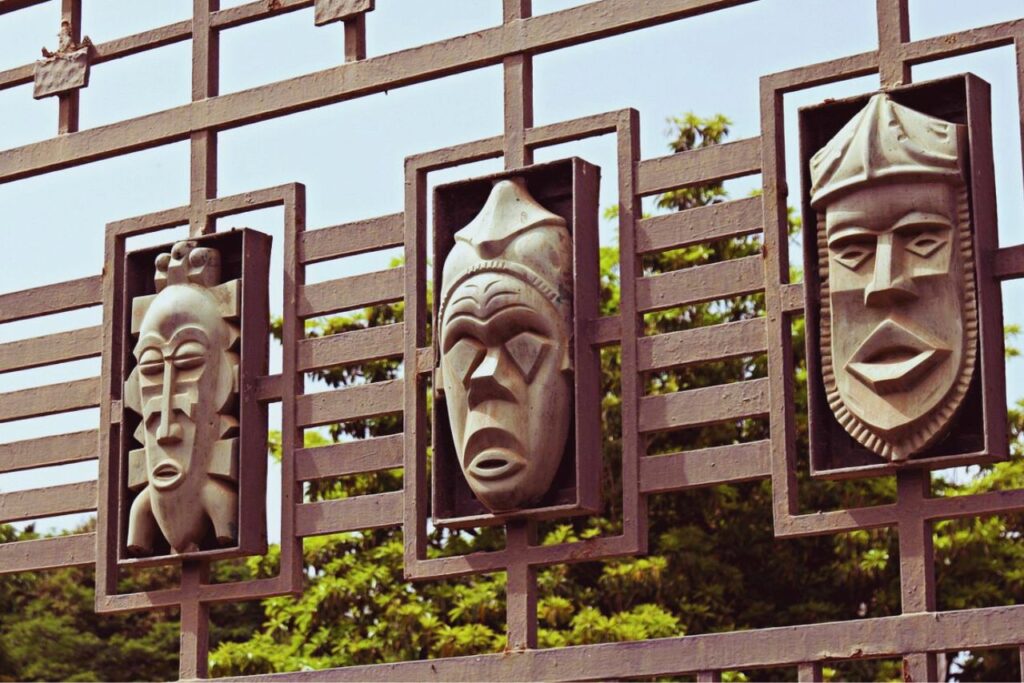
Photo source: tripadvisor
Begin your journey at this Art museum once known as IFAN Museum of African Arts, one of West Africa’s oldest and most respected cultural institutions.
Inside its walls, more than 9,000 artifacts invite you to trace centuries of African heritage.
Wooden masks stare back with fierce expressions, ceremonial statues stand tall with spiritual significance, and textiles shimmer with patterns that tell stories passed down through generations.
Each piece reflects the lives of the Wolof, Serer, Fulani, and many other communities, showing how art and identity are deeply intertwined.
Slowly walking through the museum feels like unraveling a living history. Guides enrich the experience with personal stories, explaining how a mask used in ancient rituals might still inspire dances performed today.
For travelers who want to experience Senegalese culture beyond sightseeing, its low entry fees and central location near Place de l’Indépendance make it a must.
Île de Gorée & House of Slaves
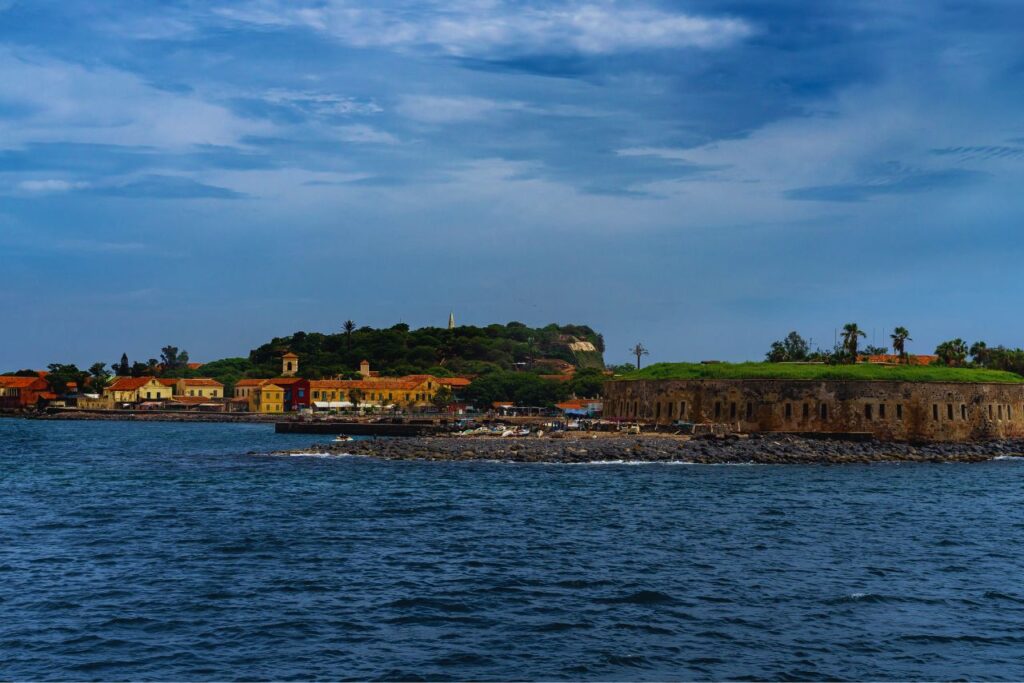
From the museum, take the ferry just twenty minutes across the water to Île de Gorée, a place as haunting as it is beautiful.
This UNESCO World Heritage Site greets visitors with cobbled lanes, pastel-colored colonial houses, and bougainvillea cascading down balconies. But beneath the island’s charm lies one of history’s darkest chapters.
The Maison des Esclaves (House of Slaves) still stands as a stark reminder of the Atlantic slave trade.
Inside, narrow cells and the infamous “Door of No Return” evoke the unimaginable pain endured by millions who were torn from this coast and shipped across the ocean.
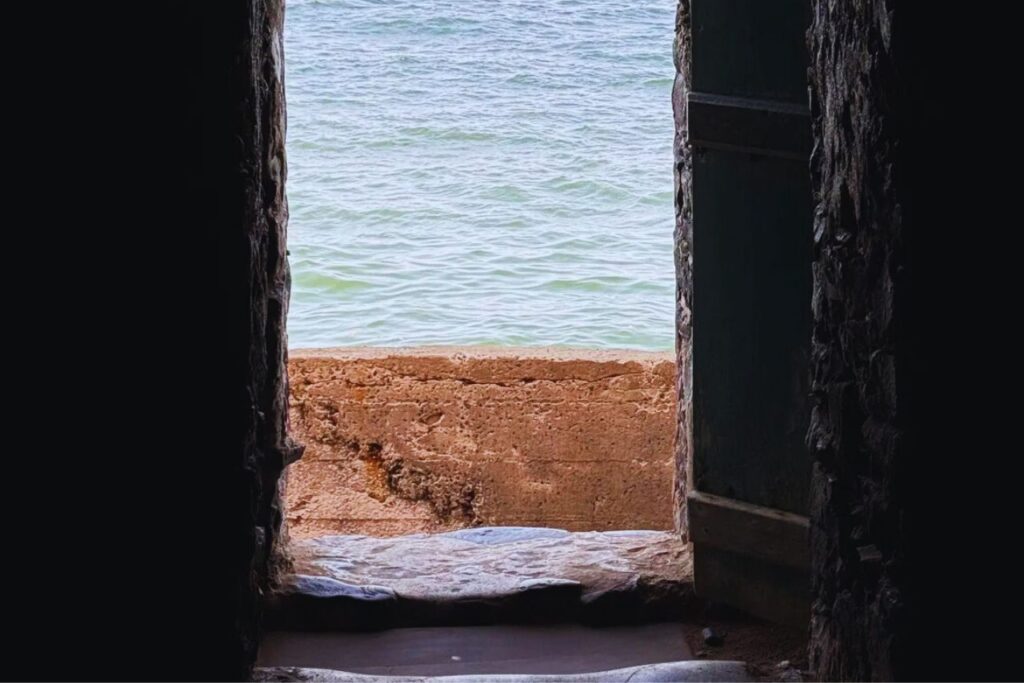
Photo source: bea-adventurous
Standing before that doorway, the weight of silence is overwhelming, a moment every visitor carries away forever. Yet Gorée is not frozen in sorrow.
Today, the island breathes with life, with children playing football in courtyards, painters capturing vivid colors on canvas, and women selling handmade jewelry along sunlit alleys.
It’s a place of memory and resilience, where beauty and tragedy coexist, reminding you of humanity’s capacity both for cruelty and for survival.
READ ALSO: Banjul Travel Guide: Exploring The Gambia Beyond the Beaches
Markets of Dakar
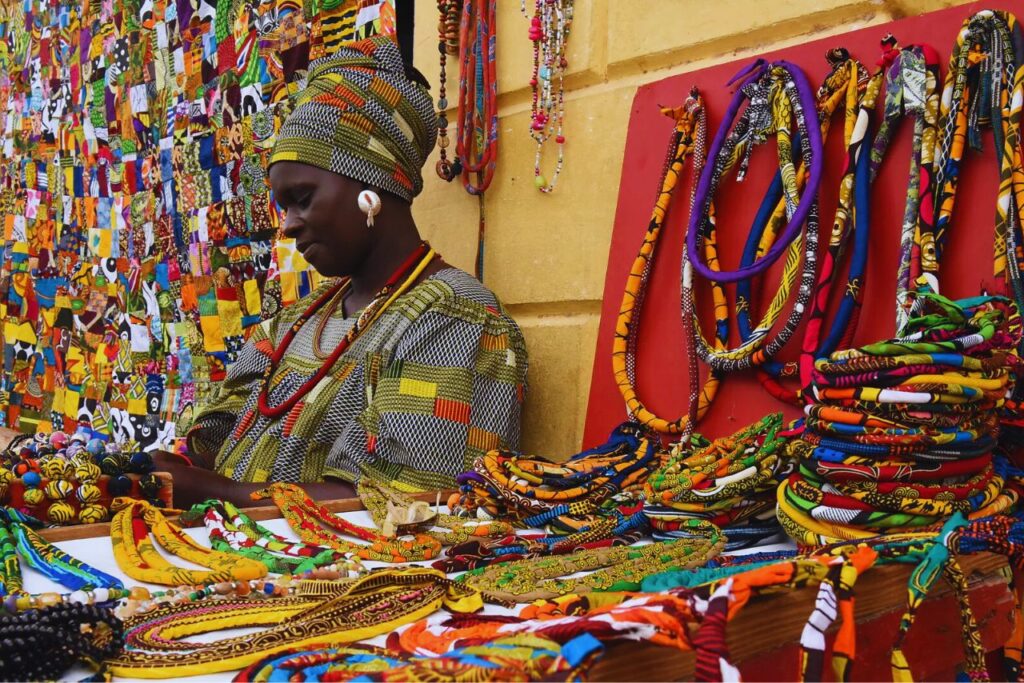
Photo source: all.accor
Back on the mainland, Dakar’s markets reveal the city’s everyday rhythm in its most vibrant form.
The legendary Sandaga Market is not for the faint-hearted; it’s a maze of stalls where everything seems to happen at once.
Vendors shout prices, customers argue and laugh, and the air is thick with the scent of spices and roasted peanuts.
Fabrics burst with bold wax prints, shoes and electronics crowd the walkways, and artisans display leather bags and jewelry crafted by hand.
Navigating Sandaga is a sensory adventure, chaotic yet thrilling, and it’s here that travelers often feel the closest to Dakar’s pulse.
For those seeking something calmer, Marché Kermel offers a gentler experience.
Set in a striking round colonial-era building with a red-tiled roof, it’s tidier, easier to explore, and perfect for browsing souvenirs or snapping photographs.
Brightly arranged displays of seafood, fresh fruit, flowers, and crafts make it a visual delight.
Monuments & City Walks
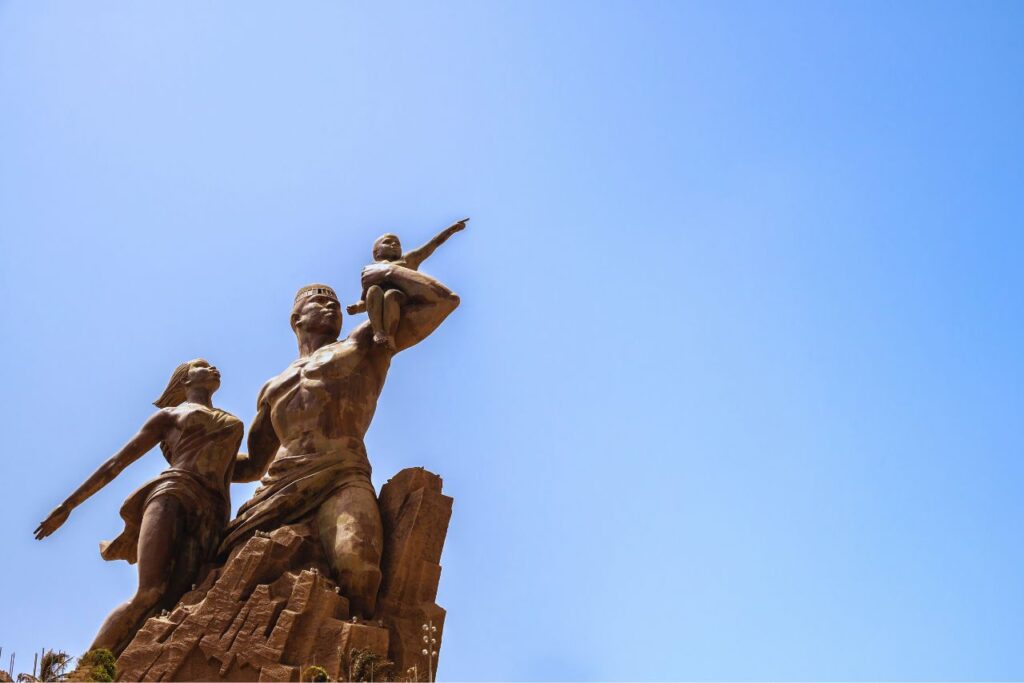
The city also speaks through its monuments and open spaces, where history and modern identity meet.
Towering above all is the African Renaissance Monument, a bronze colossus rising 52 meters into the sky.
This symbol of African pride and rebirth shows a man, woman, and child looking ahead. A climb to its summit offers stunning views of the city, Atlantic Ocean, and Cap-Vert Peninsula, especially at sunset when the sky turns orange.
For a quieter encounter with Dakar, take a stroll along the Corniche, the scenic coastal road where locals jog, fish, and gather to watch the waves crash against rocky cliffs.
The salty breeze, conversations, and sea rhythm connect the city to the ocean.
Follow the road uphill and you’ll arrive at Le Phare des Mamelles, Dakar’s historic lighthouse. Its location on one of Dakar’s twin hills offers panoramic views of the city and the islands, making it a great spot to admire the city.
READ ALSO:Accra Travel Guide (Ghana): Best Things to Do, See & Eat in 2025
Music & Nightlife

Photo source: musicinafrica
If Dakar has a heartbeat, you’ll hear it at night.
The city transforms as soon as the sun dips into the Atlantic, when streets fill with music and the energy surges through every bar, club, and open-air venue.
The rhythms of Mbalax, Senegal’s most iconic music genre made famous by Youssou N’Dour, drive the nightlife.
Its mix of traditional sabar drum beats and modern influences creates a sound that is impossible not to dance to.
For locals, music is not background, it is life, and in Dakar, you’re invited to be part of it.
Start with live music venues that keep the city buzzing.
Nightlife in Dakar
At Just 4 U, one of the most beloved clubs, bands perform almost every night, blending Afrobeat, reggae, and traditional Senegalese sounds.
The crowd is always diverse, locals, expats, and travelers moving together as if they’ve known each other for years.
Another favorite, Le Viking, has a more intimate feel but no less energy, often hosting rising talents who later become international stars.
Nights here stretch long past midnight, but time slips away in the rhythm of drums, guitars, and laughter.
In Almadies, the upscale neighborhood perched by the sea, the vibe shifts slightly, beach bars and lounges offer chilled cocktails, great seafood, and DJ sets that flow until dawn.
Places like Le Patio mix international beats with Senegalese flair, while others keep it simple: a drink in hand, toes in the sand, and music carried on the ocean breeze.
For those craving a wilder night, head toward Ngor or downtown Plateau, where dance floors pack tight, lights flash, and you’ll find yourself dancing shoulder-to-shoulder with strangers who feel like friends.
What makes Dakar’s nightlife unforgettable isn’t just the venues or the playlists, it’s the openness of the experience.
Everyone is welcome on the dance floor, no matter where you’re from.
You can spend one evening sipping beer by the beach, another wrapped in the heat of a live concert, and yet another exploring tiny neighborhood bars where music spills into the street.
The energy is electric yet warm, and by the time the first call to prayer rises at dawn, you’ll understand why Dakar is known as one of Africa’s most vibrant cities after dark.
READ ALSO: Lagos City Guide: Beaches, Nightlife, and Hidden Gems in Nigeria
Island Escapes
Swim, Surf, and Slow Down on Ngor Island
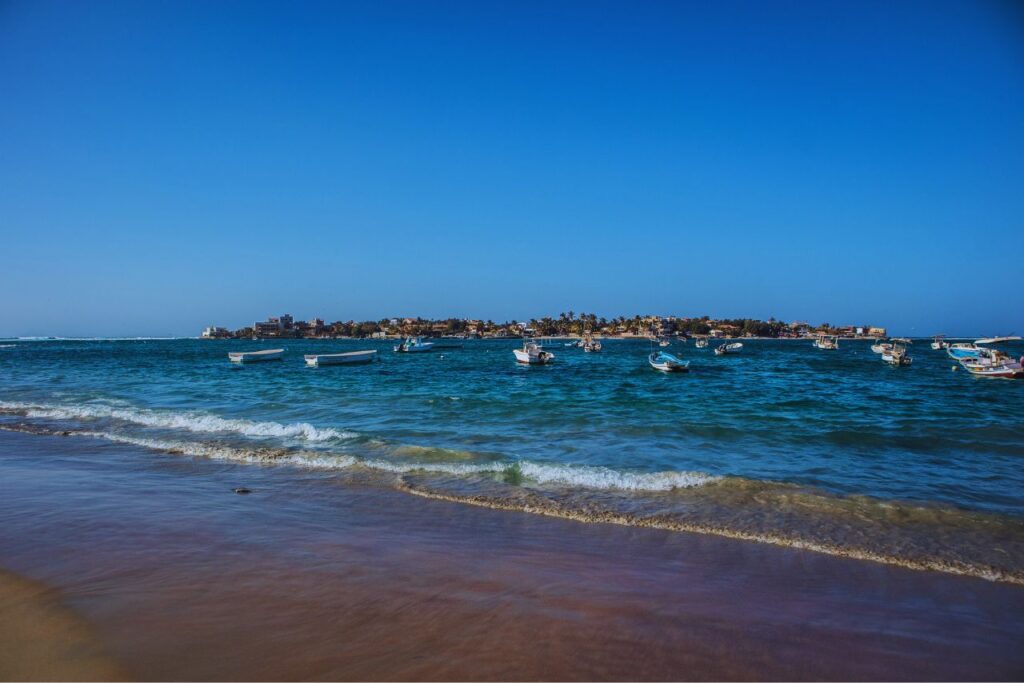
Take a five-minute pirogue from the mainland, and you’ll land on Ngor Island, a favorite weekend escape for locals.
On one side, calm turquoise waters make it perfect for swimming or lazing under the shade of palm trees. Families gather for picnics here, while children splash happily in the shallows.
Meanwhile, if you walk to the opposite shore, the mood changes. The waves rise high, and surfers from around the world gather to ride one of West Africa’s best breaks.
In between swims, you can stroll through sandy alleys lined with murals, or grab a plate of grilled fish at a simple café overlooking the sea.
Ultimately, time on Ngor is unhurried; it’s a place to breathe deeply and let the city fade into the background.
Explore Wild Beauty on Îles de la Madeleine
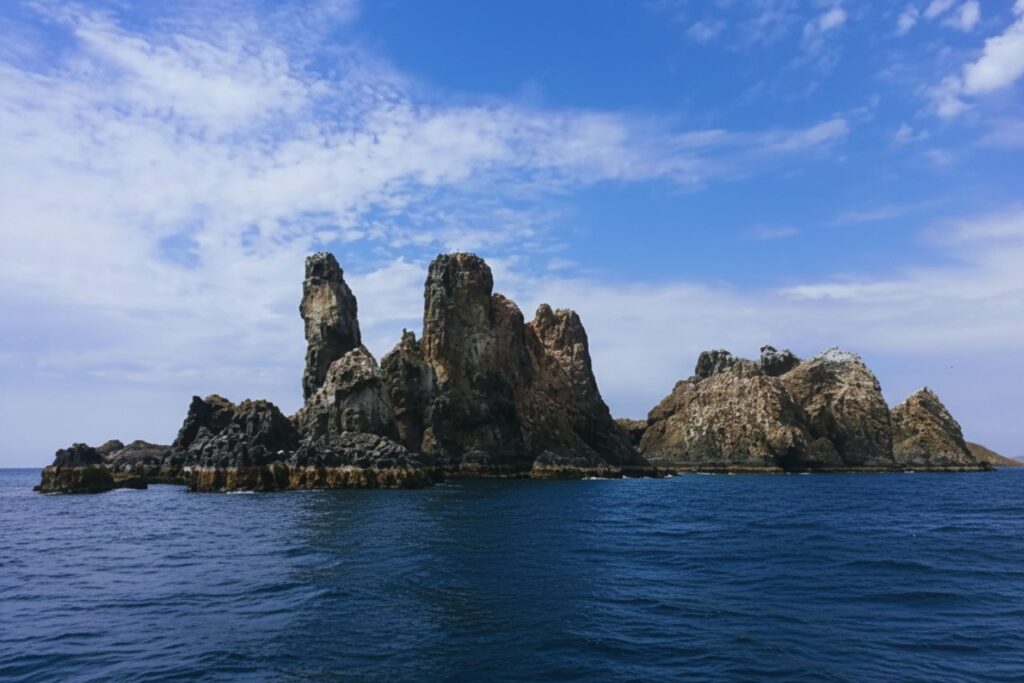
Photo source: trek.zone
From there, hop on a boat from Dakar’s Corniche and set foot on Îles de la Madeleine National Park, a rugged wonder just offshore. Unlike Ngor, with its cafés and crowds, the islands here feel raw and untamed, with no cars, no shops, and almost no signs of human life.
As you explore, trails lead you past red cliffs battered by Atlantic waves, while seabirds wheel overhead. At the island’s center lies a sacred lake, calm and mysterious, that locals believe is bottomless.
Here, the silence is powerful. More than just a visit, it’s a chance to stand still, feel the wind on your face, and connect with nature in its purest form. Remarkably, few capital cities in the world offer such untouched wilderness only minutes away.
Practical Travel Tips & Costs
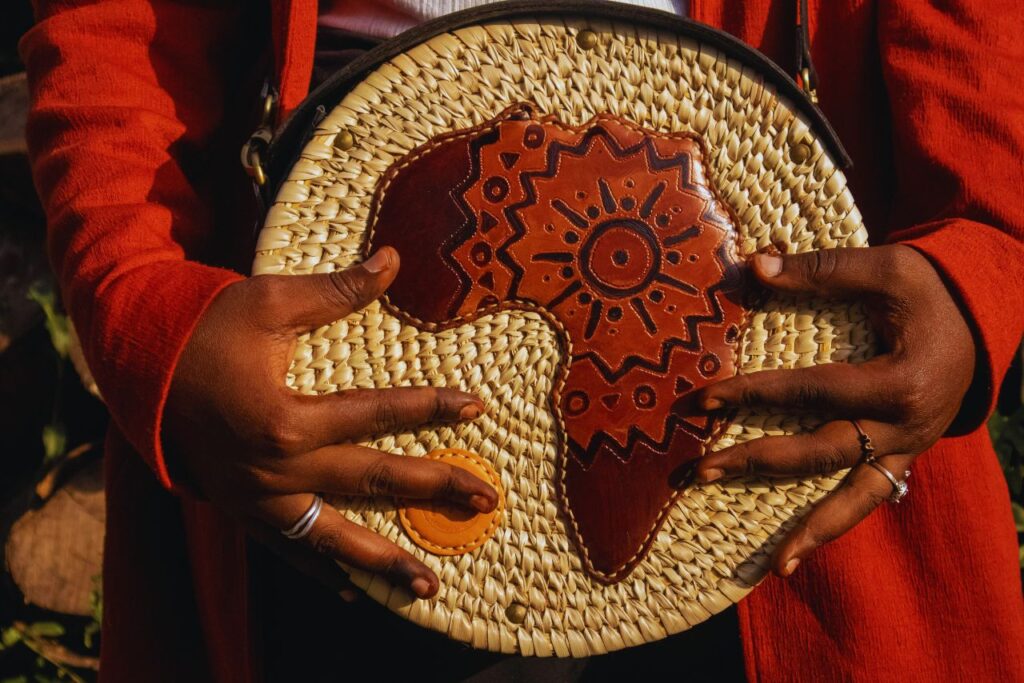
Currency & Prices
Senegal uses the West African CFA franc (XOF). Generally, basic meals at local restaurants cost around 2,500–5,000 CFA (~USD 4–10). Meanwhile, mid-range restaurants charge higher prices, especially in popular neighborhoods.
Accommodation
You can find modestly priced hostels and guesthouses throughout Dakar. For more comfort, mid-range hotels are available, particularly in Almadies and Plateau, though prices rise here. If you plan ahead, you’ll secure a comfortable stay without overspending.
Transport
Dakar offers several options, including taxis, buses, and the colorful “car rapides” (shared minibuses). When heading to the islands, such as Gorée or Ngor, you’ll need to take a boat or ferry from the city. Always check schedules in advance to avoid delays.
Language & Customs
French and Wolof are the main languages. Even so, learning a few greetings in Wolof goes a long way. Senegal is largely Muslim, so during Ramadan, business hours shift and modest dress is appreciated in many areas. Above all, expect warmth, Senegalese culture is famously welcoming, summed up in the word teranga (hospitality).
Best Times to Visit
The dry season, from November through February, is the most comfortable time to visit, with less humidity and clear skies. On the other hand, the rainy season can be hot and unpredictable, so it’s best to avoid peak downpours if possible.
Final Thoughts
There’s something about Dakar that feels like home, even if it’s your first time visiting.
The warmth of the people, the easy smiles, and the shared rhythm of daily life invite you to slow down and connect.
From a neighbor offering you tea to strangers helping with directions, Senegal’s spirit of teranga (hospitality) is woven into every moment.
When you finally leave, you won’t just carry souvenirs or photos; you’ll carry a sense of belonging.
Dakar has a way of welcoming you as family, and long after the music fades, that feeling will stay.





